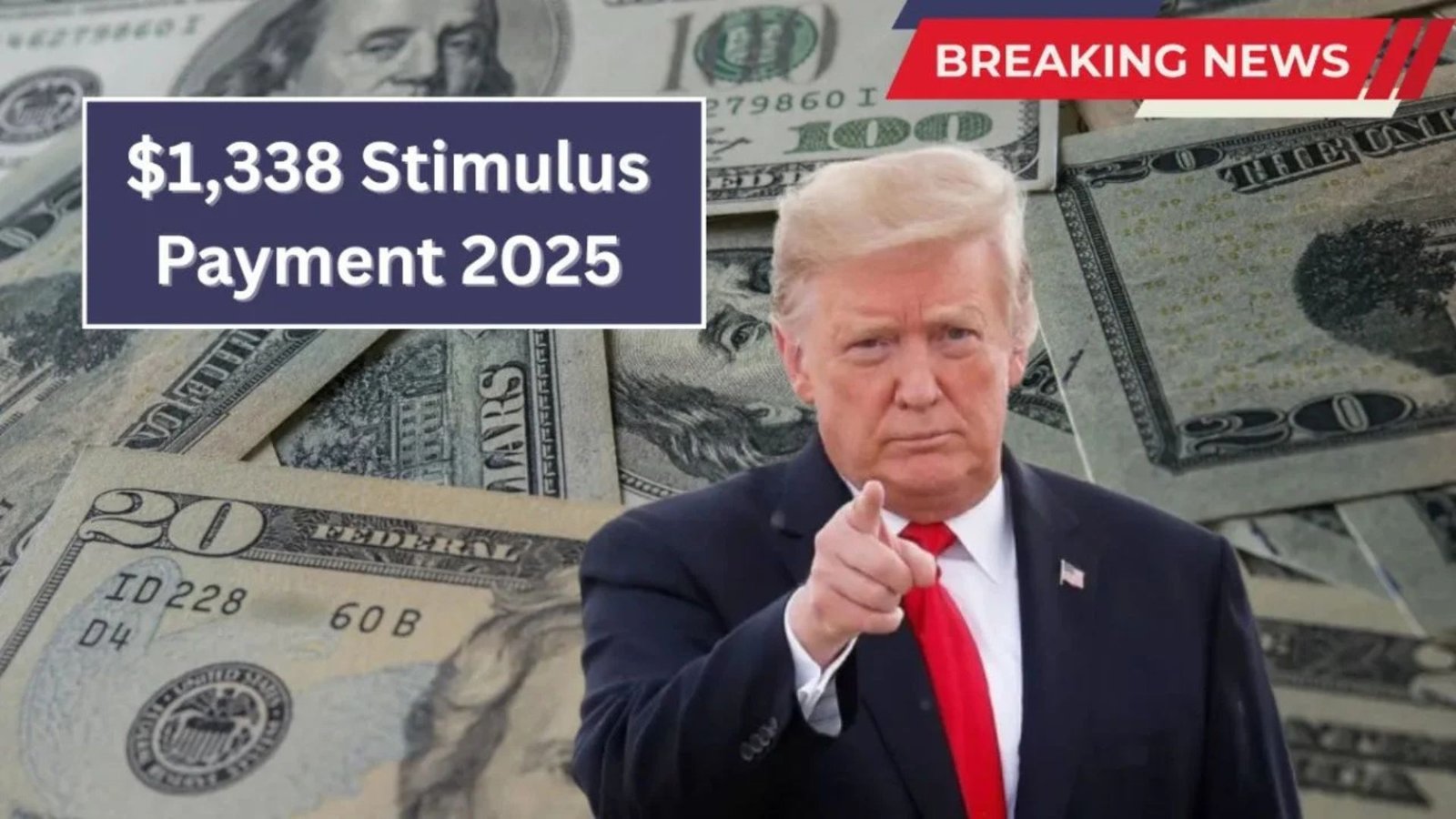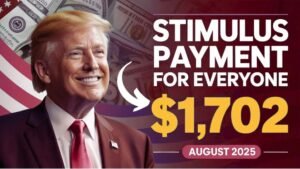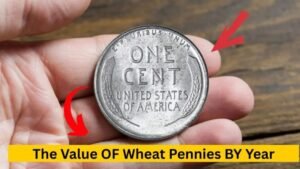In 2025, many Americans are looking forward to a potential $1,338 stimulus payment to help ease financial pressures caused by rising costs. This one-time payment aims to support low- and middle-income households struggling with expenses like rent, groceries, and utilities. While the Internal Revenue Service (IRS) has not officially confirmed this program, discussions and media reports suggest it could follow the model of previous stimulus checks issued during the COVID-19 pandemic. This article breaks down everything you need to know about the $1,338 stimulus payment, including eligibility, payment dates, how to claim it, and tips to avoid scams, all in simple language to keep you informed.
What Is the $1,338 Stimulus Payment 2025?
The $1,338 stimulus payment is a proposed one-time financial aid from the U.S. government to help Americans manage increasing living costs. Unlike regular programs like Social Security, this payment is designed to provide quick relief for expenses such as food, housing, and healthcare. It aims to boost local economies by encouraging spending among low- and middle-income households. While not yet officially confirmed, the payment is widely discussed as a response to ongoing economic challenges like inflation.
Why Is This Payment Needed?
Inflation has made everyday items like groceries, rent, and utilities more expensive in 2025. Many families, especially those with limited income, are finding it hard to keep up. The $1,338 stimulus payment is intended to:
- Support Families: Help cover essential expenses for low- and middle-income households.
#Boost the Economy: Encourage spending to stimulate local businesses.- Ease Financial Stress: Provide a cushion for those struggling with rising costs.
Who Qualifies for the $1,338 Stimulus Payment?
Not everyone will be eligible for the $1,338 stimulus payment. Based on past stimulus programs and recent reports, the IRS is likely to use specific criteria to determine who qualifies. Here’s a simple breakdown of the eligibility requirements:
Eligibility Criteria
| Requirement | Details |
|---|---|
| Income Limits | Single filers: Up to $75,000 annually Married couples (joint filers): Up to $150,000 annually Heads of household: Up to $112,500 annually |
| Citizenship | Must be a U.S. citizen or legal resident with a valid Social Security Number (SSN). |
| Tax Filing | Must have filed a 2023 or 2024 federal tax return. |
| Dependents | Additional payments may be available for dependents under 17 or qualifying adult dependents (e.g., college students or elderly parents). |
| Exclusions | Non-residents, those without a valid SSN, or individuals claimed as dependents on someone else’s tax return are not eligible. |
Special Notes for Benefit Recipients
If you receive Social Security, Supplemental Security Income (SSI), Social Security Disability Insurance (SSDI), or Veterans Affairs (VA) benefits, you’re likely to qualify automatically. The IRS and Social Security Administration (SSA) will use existing records to send payments, so no extra steps are needed unless your contact or bank information has changed.
When Will the $1,338 Stimulus Payment Arrive?
The exact payment schedule for the $1,338 stimulus is not confirmed, but reports suggest payments could start in August 2025. The timeline depends on how the IRS processes the payments and the method of delivery. Here’s what to expect:
Payment Schedule
| Payment Method | Expected Timeline |
|---|---|
| Direct Deposit | Mid to late August 2025 (fastest method). |
| Paper Check | Late August to early September 2025. |
| Prepaid Debit Card | September 2025 for those without bank accounts. |
To ensure you receive your payment quickly, update your bank and address details on the IRS portal by July 2025. Direct deposits are the fastest, while mailed checks may face postal delays.
How to Track Your Payment
The IRS provides tools to check the status of your payment:
- Get My Payment Tool: Visit IRS.gov to track your payment status once it’s available in mid-2025.
- IRS Online Account: Log in to view payment details and confirm your eligibility.
If you don’t receive your payment by mid-September 2025, you can take steps to claim it (see below).
How to Claim the $1,338 Stimulus Payment
Most eligible people won’t need to apply for the payment. The IRS will automatically send it based on your 2023 or 2024 tax return or federal benefits records. However, if you don’t receive it, you can claim it through the Recovery Rebate Credit when filing your 2025 tax return. Here’s how:
Steps to Claim the Payment
- File Your 2025 Tax Return: Include the Recovery Rebate Credit section in your federal tax return.
- Provide Accurate Details: Ensure your income, SSN, and dependent information are correct.
- Receive the Credit: If approved, the $1,338 will be added to your tax refund or used to offset taxes owed.
For Non-Filers
If you don’t usually file taxes but receive federal benefits like Social Security or VA payments, you’re likely to get the payment automatically. If not, you may need to use the IRS Non-Filer Tool (check IRS.gov for availability) or file a simplified 2024 tax return to claim the payment.
Tips to Avoid Scams
With any stimulus program, scammers may try to trick you into sharing personal information. Protect yourself with these tips:
- Verify Sources: Only use IRS.gov for updates and tracking. The IRS will never call, text, or email asking for personal details.
- Avoid Suspicious Links: Don’t click on unsolicited links or emails claiming to process your payment.
- Don’t Share Personal Information: Never give out your SSN, bank details, or other sensitive information to unverified sources.
- Report Scams: If you suspect fraud, report it to the IRS or Federal Trade Commission (FTC).
Additional Financial Relief Options
If you’re looking for more support, other programs may help:
- Earned Income Tax Credit (EITC): Offers tax credits for low-income workers.
- Child Tax Credit (CTC): Provides up to $2,000 per qualifying child (under 17) for 2025.
- State Relief Programs: Some states, like California and New York, offer their own rebates or inflation relief payments. Check your state’s tax agency for details.
Conclusion
The $1,338 stimulus payment for 2025 could be a lifeline for millions of Americans facing high living costs. While the program is not yet officially confirmed, it’s designed to help low- and middle-income households manage expenses and support the economy. By ensuring your tax records and contact information are up to date, you can avoid delays and receive your payment quickly. Stay informed through official IRS channels, avoid scams, and consider claiming the Recovery Rebate Credit if you miss the initial payment. Keep checking IRS.gov for the latest updates to make sure you don’t miss out on this financial relief.
Frequently Asked Questions (FAQ)
What is the $1,338 stimulus payment for 2025?
It’s a proposed one-time federal payment to help low- and middle-income Americans cover rising costs like rent, groceries, and utilities.
Who is eligible for the $1,338 stimulus payment?
U.S. citizens or legal residents with incomes under $75,000 (single) or $150,000 (joint filers), who filed 2023 or 2024 taxes and have a valid SSN, are likely eligible. Social Security, SSI, SSDI, and VA beneficiaries may also qualify automatically.
When will the $1,338 stimulus payment be sent?
Payments are expected to start in late August 2025, with direct deposits arriving first, followed by paper checks and prepaid debit cards in September.
Do I need to apply for the payment?
No, most eligible people will receive it automatically based on tax or benefit records. Non-filers may need to use the IRS Non-Filer Tool or file a 2024 tax return.
What if I don’t get my payment by September 2025?
Check the IRS Get My Payment tool, contact the IRS, or claim the Recovery Rebate Credit on your 2025 tax return.
Is the $1,338 payment taxable?
Based on past stimulus checks, it’s likely to be tax-free and won’t affect federal benefits like SSI or SNAP.
How can I avoid stimulus payment scams?
Only use IRS.gov for updates, avoid sharing personal information, and report suspicious activity to the IRS or FTC.




